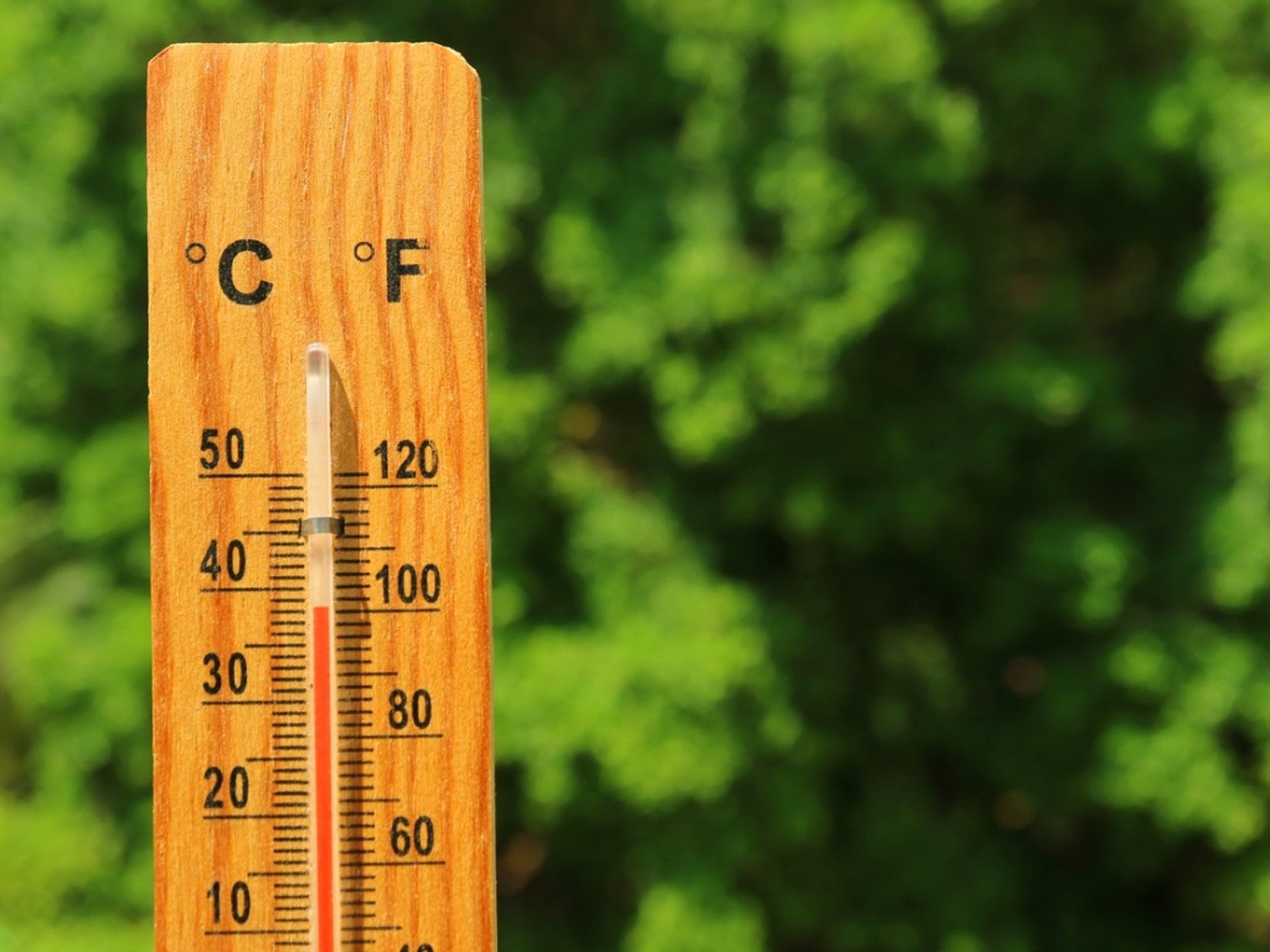Gardening In Areas With Extreme Temperature Changes


Extreme gardening can be a challenge where temperatures veer high and low. Can extreme temperature changes shock plants? Many plants survive extreme temperatures, but it is important to pick the right varieties. Sensitive plants may not thrive in areas where the mercury swings up and down. The right plant as well as the right site can help reduce plant responses to temperature change.
Climate change has us all scratching our heads. Weather wackiness seems to be the norm and affects most parts of the world. Meteorologists sort some of the forecast out for our gardens, but strange weather conditions interrupt at the least expected times. Extreme temperatures for plants range from too cold to too hot, but can also include things like winds, drying conditions, flooding, and other weather related conditions that cause plants to suffer. Wild plants survive extreme conditions better than ornamental transplants, but even native flora can find such temperatures challenging.
Can Extreme Temperature Changes Shock Plants?
Humans aren't the only ones who suffer during cold winters and blistering summers. Plants undergo stress when temperature changes are drastic and rapid. A late frost can kill off the fruit tree buds or snuff out newly planted annuals. Plants undergo cellular freezing that will cause rot when they thaw. In high heat, plant leaves scorch and they may fail to uptake adequate nutrients in hot soil. Extreme heat means plants dry out more rapidly, causing wilt and other symptoms of stress. In a snowless winter, hard freezes damage plant roots in the dry soil. Many weather conditions will influence growth, production, and overall health.
Tips on Helping Plants Survive Extreme Temperatures
Consulting the Farmer's Almanac, watching your nightly forecast, or even following the National Weather Service, are all great ways to keep an eye on what weather will come. Mother Nature is capricious though and throws a curve ball now and again. Everything can't be forecast and predicted in nature. So, selecting plants that are hardy to your zone is a great start.
In the U.S. we have the United States Department of Agriculture growing zone map. There is also the Sunset guide. These tools can give the average minimum temperature to match with the plant's hardiness. Most plant tags will list the USDA zone, but if in doubt, the internet will inform the gardener about specific plant hardiness. Keep in mind, these hardiness zones are additionally influenced by microclimate, soil type, moisture levels, wind, and other factors.
Caring for Plants in Extreme Temperatures
In areas with sustained, hard freezes, plant roots must be watered to protect them. If a plant may succumb to cold, cover it with a sheet, frost protection fabric, or other material. With potentially sensitive plants, install them on the south or west side of the home, where wind won't impact them, and they will stay warmer.
Trees planted on slopes will experience less cold wind than those in depressions. Where the opposite weather occurs, protecting plants from drying out is paramount. Water frequently and deeply. Irrigate from under the leaves if possible so all the moisture goes to the roots. Use shade cloth if plant leaves begin to singe. Avoid planting sensitive plants in the hottest site of the garden and mulch around roots to keep them cool and moist.
Gardening tips, videos, info and more delivered right to your inbox!
Sign up for the Gardening Know How newsletter today and receive a free copy of our e-book "How to Grow Delicious Tomatoes".

Bonnie Grant is a professional landscaper with a Certification in Urban Gardening. She has been gardening and writing for 15 years. A former professional chef, she has a passion for edible landscaping.